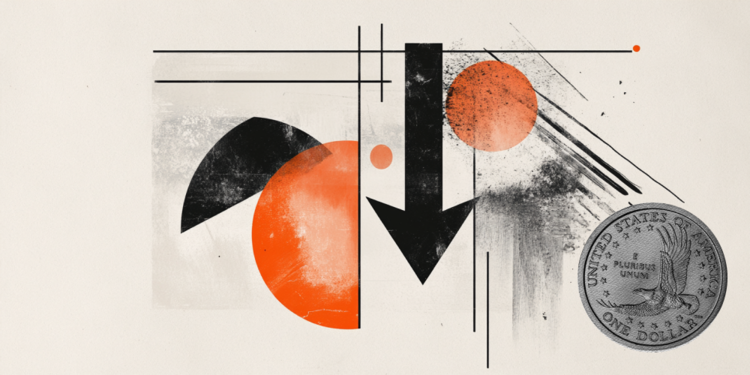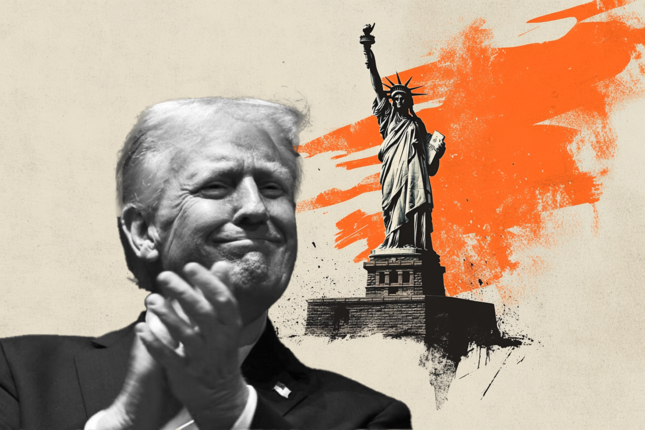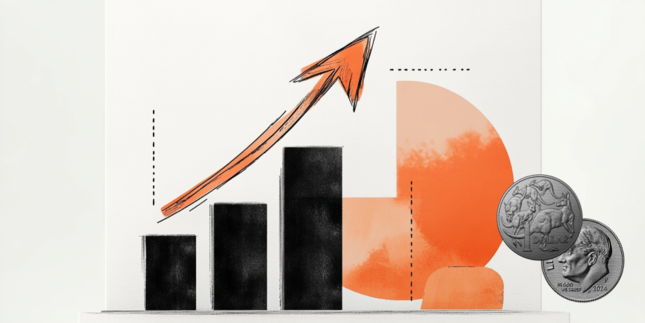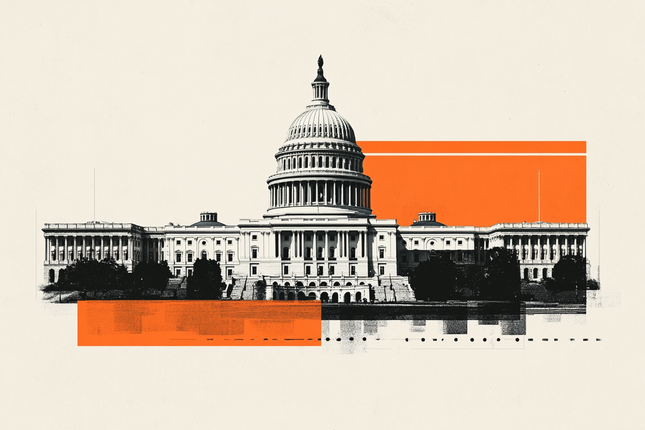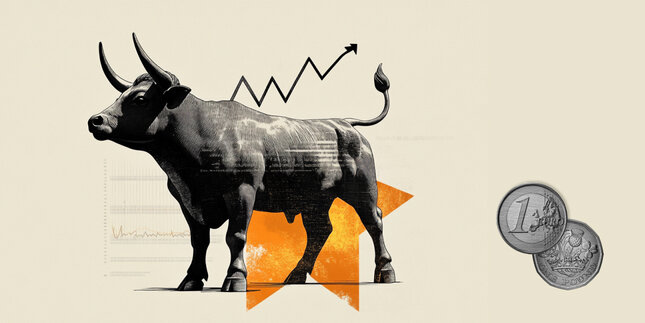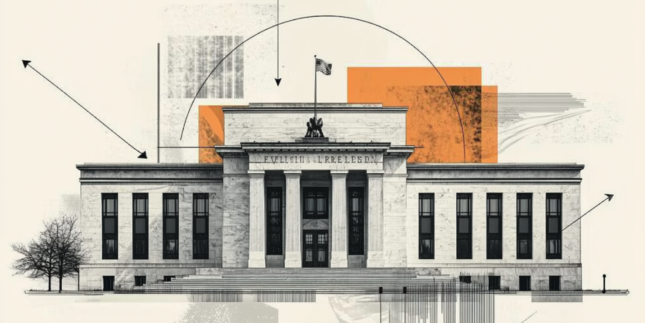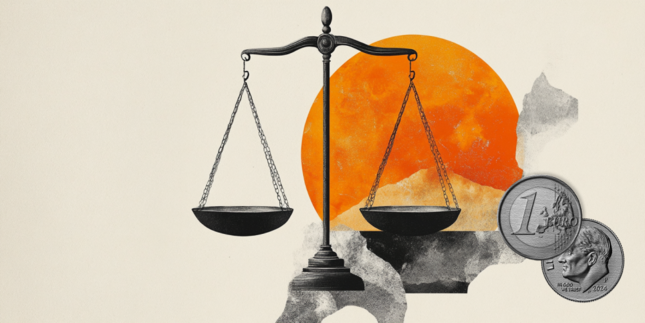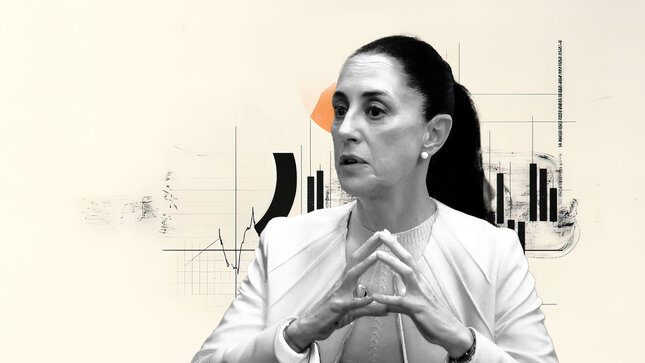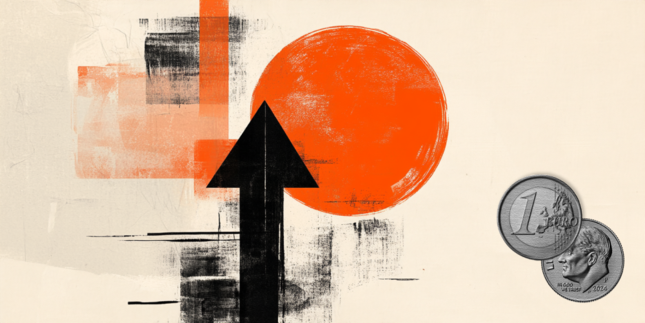US Dollar slides as markets brace for China trade talks
- US Dollar Index slips below 100.40 after rejection near one-month highs.
- US-China talks in Switzerland loom large over weekend headlines.
- Fed officials stress stable inflation expectations amid economic uncertainty.
The US Dollar Index (DXY), which measures the value of the US Dollar against a basket of currencies, reverses sharply on Friday after hitting a near one-month high of 100.86 earlier in the day. Disappointment surrounding the so-called US-UK trade deal weighed heavily on the Greenback, with investors focusing on this weekend’s critical trade negotiations between the United States and China in Switzerland.
Daily digest market movers: US Dollar softens ahead of key talks
- The US-UK trade deal is being written off by markets as non-substantive, with US tariffs on UK goods remaining at 10%.
- Market focus shifts to US-China trade talks this weekend, where discussions are expected to be tense and inconclusive.
- President Trump hinted that tariffs on Chinese goods could fall to 50% if cooperation improves, though skepticism prevails.
- Chinese refineries imported 11.7 million barrels per day in April, with stockpiling driven by lower crude oil prices.
- US places Chinese independent refineries on the sanctions list for purchasing Iranian oil, adding pressure before trade talks.
- Federal Reserve Bank of New York President John Williams emphasized the importance of maintaining stable long-term inflation expectations.
- Fed Governor Adriana Kugler highlighted the current policy rate as moderately restrictive, suggesting it will remain unchanged.
- Commerzbank analysts warn that high Chinese crude imports are unlikely to sustain as US sanctions tighten further.
- Fed policymakers stressed that the economy remains healthy but warned of possible downside risks from elevated tariffs.
- Despite a short-term rise, the US Dollar Index faces selling pressure as stagflation risks emerge from persistent tariffs.
- The market now awaits concrete outcomes from the Fed’s next policy moves and potential inflation developments.
- The US sanctions against Chinese refineries are expected to weigh on China’s energy sector, potentially impacting trade talks.
- Iranian Oil imports from China remain high at 1.5 million barrels per day but could decline following US sanctions.
- Investors remain cautious, keeping a close eye on headline risks and weekend developments from the China-US meetings.
US Dollar Index technical analysis: DXY tests support
The US Dollar Index (DXY) trades around the 100.00 level, down over 0.30% on the day, after earlier testing highs near 100.86. Both the Relative Strength Index (RSI) at 46 and the Ultimate Oscillator at 59 show neutral momentum, while the Moving Average Convergence Divergence (MACD) flashes a buy signal. The Average Directional Index at 44 remains neutral, indicating no strong trend bias.
Short-term buyers are supported by the 20-day Simple Moving Average (SMA) at 99.64, but longer-term resistance remains firm with the 100-day SMA at 105.11 and the 200-day SMA at 104.31 signaling continued selling pressure. Immediate support is located at 100.28, 100.24 and 99.97, while resistance is seen at 100.73, 100.80 and 100.86.
US Dollar FAQs
The US Dollar (USD) is the official currency of the United States of America, and the ‘de facto’ currency of a significant number of other countries where it is found in circulation alongside local notes. It is the most heavily traded currency in the world, accounting for over 88% of all global foreign exchange turnover, or an average of $6.6 trillion in transactions per day, according to data from 2022. Following the second world war, the USD took over from the British Pound as the world’s reserve currency. For most of its history, the US Dollar was backed by Gold, until the Bretton Woods Agreement in 1971 when the Gold Standard went away.
The most important single factor impacting on the value of the US Dollar is monetary policy, which is shaped by the Federal Reserve (Fed). The Fed has two mandates: to achieve price stability (control inflation) and foster full employment. Its primary tool to achieve these two goals is by adjusting interest rates. When prices are rising too quickly and inflation is above the Fed’s 2% target, the Fed will raise rates, which helps the USD value. When inflation falls below 2% or the Unemployment Rate is too high, the Fed may lower interest rates, which weighs on the Greenback.
In extreme situations, the Federal Reserve can also print more Dollars and enact quantitative easing (QE). QE is the process by which the Fed substantially increases the flow of credit in a stuck financial system. It is a non-standard policy measure used when credit has dried up because banks will not lend to each other (out of the fear of counterparty default). It is a last resort when simply lowering interest rates is unlikely to achieve the necessary result. It was the Fed’s weapon of choice to combat the credit crunch that occurred during the Great Financial Crisis in 2008. It involves the Fed printing more Dollars and using them to buy US government bonds predominantly from financial institutions. QE usually leads to a weaker US Dollar.
Quantitative tightening (QT) is the reverse process whereby the Federal Reserve stops buying bonds from financial institutions and does not reinvest the principal from the bonds it holds maturing in new purchases. It is usually positive for the US Dollar.
Forex News
Keep up with the financial markets, know what's happening and what is affecting the markets with our latest market updates. Analyze market movers, trends and build your trading strategies accordingly.
